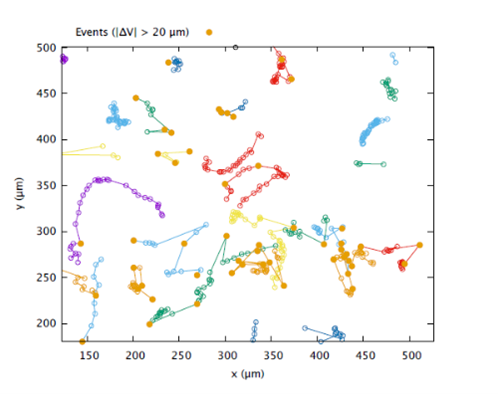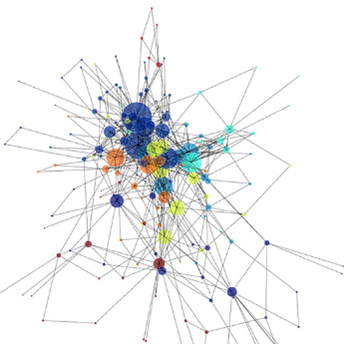You don't simply take a handful of sand from the beach and form a microchip out of it; scientific progress is a multi-step, highly interdisciplinary process. Any potential application needs docents of steps. We need to understand how material properties change between perfect crystals and small nanoparticles; between pristine materials in vacuum and devices exposed to air; between single device processing and hundreds of chips per hour; simply put: How does physics change from pure theory to real application.
At UNT several groups study materials for their potential in real world applications. We work closely with surface chemists to understand how interfaces alter the properties of devices; with mechanical engineers to determine the real-world properties of novel materials; with biomedical engineers and biologists to tackle the health challenges of this century. Together we develop and study the materials for future electronics, quantum computing, catalysis, and a sustainable future.
Our main thrusts lie in device fabrication and characterization, materials development, modification and spectroscopy, and computer aided discoveries. With all together 15 research groups, applied physics is the core of our department. Our research is funded by federal and private funding agencies and leads to internationally recognized publications.
Research in the field of Applied Physics is conducted by Jingbiao Cui, Gary Glass, Paolo Grigolini, Arkadii Krokhin, Yuankun Lin, Chris Littler, Marco Buongiorno Nardelli, Jens Neu, Carlos Ordonez, Jose Perez, Usha Philipose, Yuri Rostovtsev, Yuanxi Wang, Duncan Weathers, and Yuzhe Xiao.
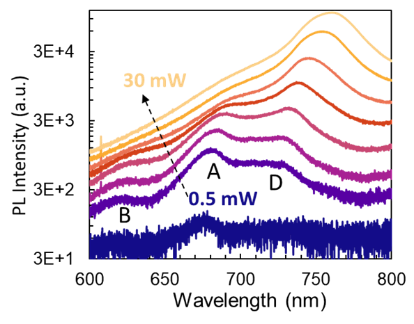
Photonics Group, led by Professor Yuankun Lin, has a wide interest in Laser optics; Nano-photonics; Photonic integrated circuit (photonic chip); Holographic micro-/nano-fabrication; E-beam lithography, Photonic crystal; Photonic band-gap materials; Twisted/moire photonic crystal; Colloidal self-assembly; Plasmonic devices, Twistoptics, Topological photonics, Neuromorphic photonics, Quantum photonics, 2D and quantum materials, Light emitting, and photovoltaic devices. Please contact Professor Yuankun Lin (yuankun.lin@unt.edu) for more information.
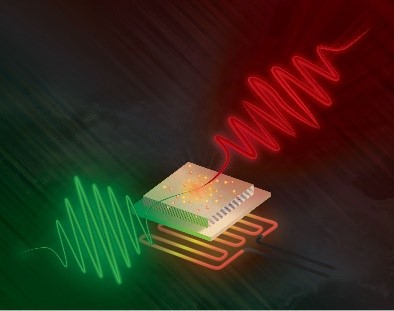
Xiao Research Group, led by Professor Yuzhe Xiao, engages in both experimental and theoretical research across the fields of optics, thermal physics, and quantum technologies. We are interested in exploring the physics of thermal radiation from nanostructured objects and developing new thermal-radiation-based technologies for advanced sensing, material characterization, and mid-infrared light sources. We are looking for passionate researchers who are interested in exploring new scientific frontiers at all levels, please see our homepage for more information.
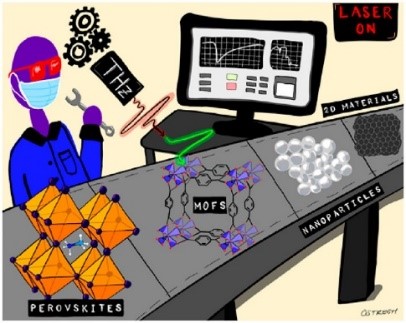
The Ultrafast THz Spectroscopy Group, led by Professor Jens Neu, uses THz spectroscopy to understand ultrafast photo physics in emerging materials; particularly what determines, and limits, the photo conductivity in novel materials. Understanding these limitations is the crucial step towards the development of next generation solar cell materials. We work as an interdisciplinary team and collaborate with outstanding engineering, material science and chemistry groups all over the world. We are seeking motivated graduate students and post docs, please see our homepage for more information.
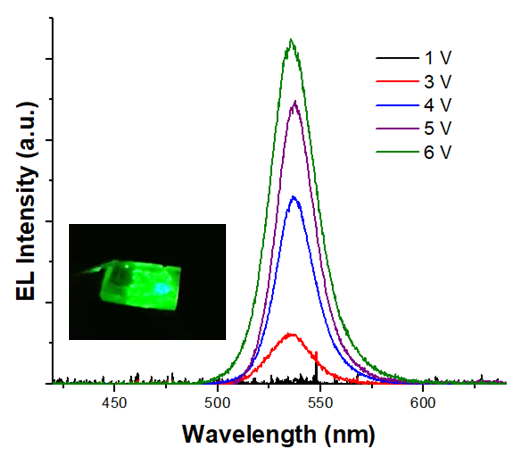
The Optoelectronic Research Group, led by Professor Jingbiao Cui, uses both microscopy and spectroscopy to understand the structure and fundamental properties of semiconductors and nanomaterials for potential applications in photonic, optoelectronic, and electronic devices. One of our focuses is to develop advanced materials with new functionality and to understand their property through an interdisciplinary teamwork and collaboration. The novel materials under investigation include 2D layers, semiconductors, organic perovskites, and encapsulated organic nanostructures. We explore applications in solar cells, light-emitting diodes, photodetectors, and memory devices.

The Photonics and Acoustics group led by Professor Arkadii Krokhin is carrying out theoretical and experimental research related to wave-matter interactions. This wide area includes optics, plasmonics, and acoustics. We study optical and acoustic properties of metamaterials, i.e., artificial structures exhibiting exotic physical effects. Our research also extends to disordered structures where propagation of waves is suppressed by the effect of Anderson localization. We accept students who like to solve problems which require profound mathematical education and delicate physical intuition. More details on our homepage: UNT EFRI Group.

Dr. Glass' research has utilized several types of electrostatic accelerators, including topics such as particle-induced x‑ray emission spectroscopy (PIXE), time-of-flight elastic recoil detection analysis (ERDA), nuclear resonance scattering (NRS), Rutherford backscattering spectrometry (RBS), Rutherford forward spectrometry(RFS). For the last two decades my work has concentrated on development and applications of high energy focused ion beam (HEFIB) systems and techniques, particularly for bio-systems analysis and microfabrication. Recent work has included the application of proton microscopy to study elemental distributions in and around single biological cells in rat brains. Using a recently developed system (patent application (63/507,883), IBL (/ibl) has been able to use PIXE to reliably quantify elements with mass as low as boron in organic and inorganic matrices. Development of this low-Z quantification technique to proton microscopy is expected soon, thus allowing, for the first time investigate ion detail how individual brain cells functionally distribute ions such as sodium.
Paolo Grigolini: I use my expertise on non-equilibrium statistical physics, with a special emphasis on renewal processes and ergodicity breakdown to contribute to understanding the phenomenon of spontaneous organization, which is at the origin of the emergence of cognition. These phenomena range from elementary biological systems, either healthy or cancerous cells, to the field of social complexity, for instance decision making groups of individuals. At the biological level, I focus on therapeutic issues, such as fighting cancer, and mental depression. At social level I use these tools to fight the spreading of misinformation. The figure added to this illustration refers to the motion of cancerous cells of glioblastoma. My research work proves that their interaction generate a form of intelligence, called swarm intelligence, and the main goal of my research work aims at studying organization collapses for the main purpose of killing the Glioblastoma intelligence.
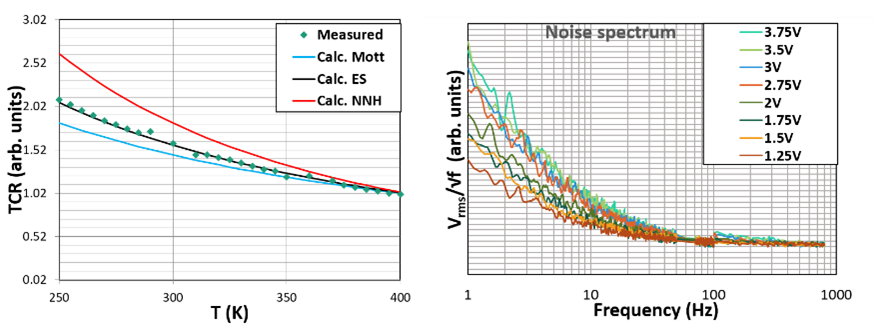
The semiconductor thin film research group led by Dr. Chris Littler and Dr. A.J. Syllaios focuses on the study of amorphous and crystalline thin films, relevant to infrared detector applications. The group's effort is directed at studying the key factors that influence the performance of such devices, with strategies employed to engineer/modify the intrinsic performance of these films. In addition to structural and optical characterization, the films are characterized in terms of their electrical properties including temperature coefficient of resistance and study of electrical noise. The goal is to improve these infrared material systems for next-generation IR sensors. With years of industry experience, this team is well-positioned to mentor students through their graduate school experience and be trained for industrial positions.
Marco Buongiorno Nardelli's research is at the forefront of computational materials physics and high-performance simulations, with particular emphasis on theoretical developments of ab initio DFT-based methods, high-throughput computational techniques and computational materials design. Recent activities also include the development of advanced electronic structure theories and algorithms for materials simulations on quantum computers, the application complexity science to various aspects of materials informatics, and the application of complexity theories and big data analysis tools to the structure of music as a generalized mathematical space. My work is intrinsically inter- and cross-disciplinary and provides a platform for Art/Science integration rooted in a profound and extensive expertise in development of scientific and artistic software and a strong vision for sustainable community software development. See ermes.unt.edu and www.materialssoundmusic.com for more information.

The Plasma Group, led by Professor Carlos Ordonez, has research interests primarily in the areas of novel plasma confinement approaches and associated applications. Examples include high temperature fusion plasmas and cryogenic temperature antihydrogen plasmas. Projects typically use classical trajectory Monte Carlo, Poisson-Boltzmann finite difference, and particle-in-cell computer simulations to predict the operation of experiments. A collaborative project with Professor Duncan Weathers aims to provide experimental validation of such computer simulation predictions, by conducting proof-of-principle experiments. The collaborative project intends to initiate relatively low-cost experimental research on a concept that may ultimately enable the development of fusion-energy based power plants.
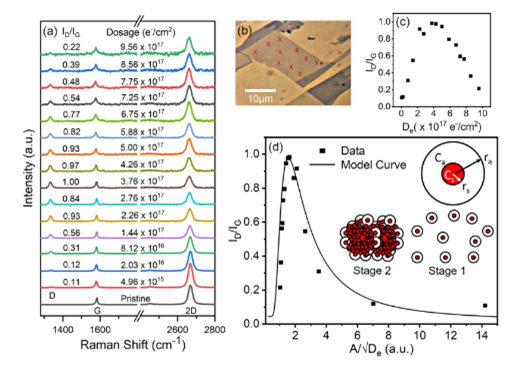
The Perez Lab is currently working on two-dimensional materials, particularly graphene and molybdenum disulfide. We recently started a project on hydrogen storage in graphene using electron irradiation of graphene at atmospheric pressure. This project is funded by the National Science Foundation for three years, starting August 1, 2023. We aim to determine if the defects formed during electron irradiation are hydrogen adsorbates. We believe this is the case, and the mechanism is the electron-induced dissociation of adsorbed water into hydrogen that then adsorbs on the graphene. We will use tagged mass spectroscopy, scanning tunneling microscopy, Raman spectroscopy, and x-ray photoelectron spectroscopy to determine if the adsorbates are hydrogen. We are currently recruiting undergraduate and graduate students for this project. Further information can be found on our group site (https://sites.google.com/view/perezgroup).
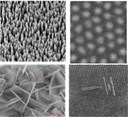
The research focus of the nanoscale physics group led by Dr. Usha Philipose is centered around the synthesis and characterization of semiconductor nanomaterials, where the material properties are driven by dimensionality. The materials under study include two-dimensional (2D) thin films, one-dimensional (1D) nanowires, nanocomposites as well as ordered arrays of metal nanoparticles. The group has used these systems to study electrical transport and electron-phonon interactions, perform defect and noise spectrum analysis, and study temperature dependent conduction mechanisms. The potential of these nanostructures in applications including gas sensors, photodetectors, thermoelectrics and infrared detectors has also been demonstrated.
Dr. Yuri Rostovtsev current research interests cover several areas of matter-field interactions involving quantum coherence and interference, in particular, laser physics and laser spectroscopy, quantum and nonlinear optics, nanophotonics, biophotons, and quantum information.
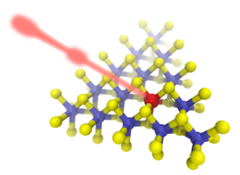
Wang Research Group, led by Professor Yuanxi Wang, employs atomistic first-principles materials theory to understand solid-state physics in nanomaterials. Our current research focuses are quantum emitters based on defects, nonlinear optics, superconductivity, topological materials, and catalysis - all based on 2D or layered materials like graphene, 2D semiconductors, and air-stable 2D metals. Common theory tools include density functional theory, many-body perturbation theory, and empirical forcefields. Our work often involves tight collaborations with experimentalists across multiple disciplines, including the optical, mechanical, transport properties of 2D materials. See group website for details.
